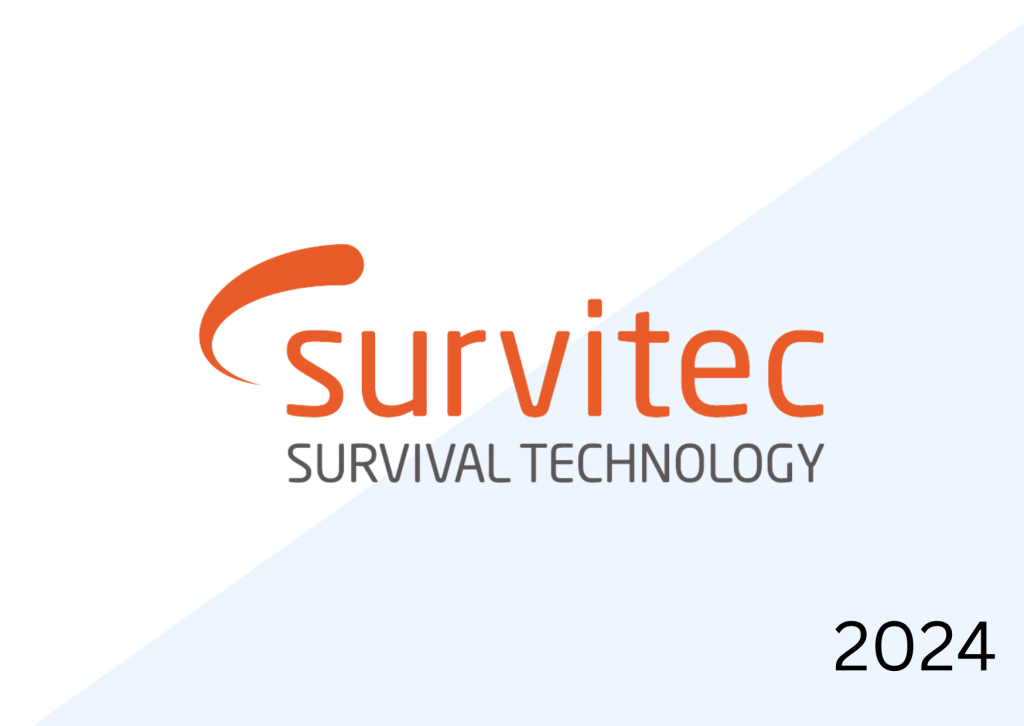Japanese ship classification society ClassNK has awarded its first DSS (Hull Monitoring) certification to Dream Clover, a 211,000 deadweight tonnage (DWT) bulk carrier.
Built by Japan Marine United Corporation for Daiwa Kisen, Dream Clover will be chartered by NYK Line.
In June, ClassNK published guidelines related to hull monitoring based on the result of the Study on Monitoring the Structural Health of Vessel Hulls for Very Large Containerships.
The study, a support project of ‘i-Shipping’ backed by the Japanese government, was carried out by NYK Line, MTI and Japan Marine United Corporation from 2016 to last year.
In a statement, ClassNK said: “The guidelines include the comprehensive requirements to be met to achieve functions contributing to improving the safety of the hull structure and the class notation indicating that the ship is [equipped] with specific functions.”
The hull monitoring system provides aid for maintaining and managing the vessel depending on the fatigue strength evaluation, as well as assisting the captain’s operation during extreme conditions.
How well do you really know your competitors?
Access the most comprehensive Company Profiles on the market, powered by GlobalData. Save hours of research. Gain competitive edge.

Thank you!
Your download email will arrive shortly
Not ready to buy yet? Download a free sample
We are confident about the unique quality of our Company Profiles. However, we want you to make the most beneficial decision for your business, so we offer a free sample that you can download by submitting the below form
By GlobalDataDream Clover’s monitoring system is due to be deployed with additional sensors and measurement devices.
This will be implemented in line with the Japan Ship Technology Research Association’s research and development (R&D) of digital twin models for ship hull structures, which the Nippon Foundation has supported since 2018.
Three shipping firms, including NYK Line, six shipyards, including Japan Marine United Corporation, National Maritime Research Institute and ClassNK, were also part of the project.
ClassNK said that the digital twin for Dream Clover’s hull structures is now expected to be verified.
Last September, ClassNK, along with Kawasaki Kisen Kaisha and Mitsubishi Shipbuilding, announced plans to carry out test operations and measurements for a small-scale carbon capture demonstration plant on a ship.
The project was to be supported by the Maritime Bureau of Japan’s Ministry of Land, Infrastructure, Transport and Tourism (MLIT).







